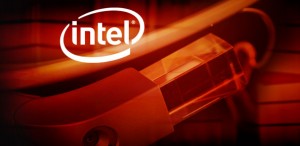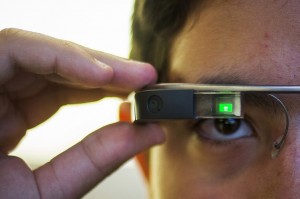

Previously powered by Texas Instruments, and mostly catered as a consumer gadget, the Google Glass powered by Intel will be a big of a game changer. Intel wants to “promote the next version as a workplace-computing device, to hospitals and manufacturers”. A program called Glass at Work is also being promoted by Google, trusting that the device could be used in factories and other work sites that use “hands-free access to data”(Forbes).


Before thinking Google Glass is dead, let's give it a chance to make a real difference in the workplace by automatizing access to data while improving efficiency. Let's also hope Intel gets its chance to make up for the $3 billion something in losses this year by becoming “an early entrant in what is touted to be the next big wave in computing-wearable technology”. Either way, we will have to wait well into 2015 to find out.

 Laptop & Tablet Parts
Laptop & Tablet Parts




















